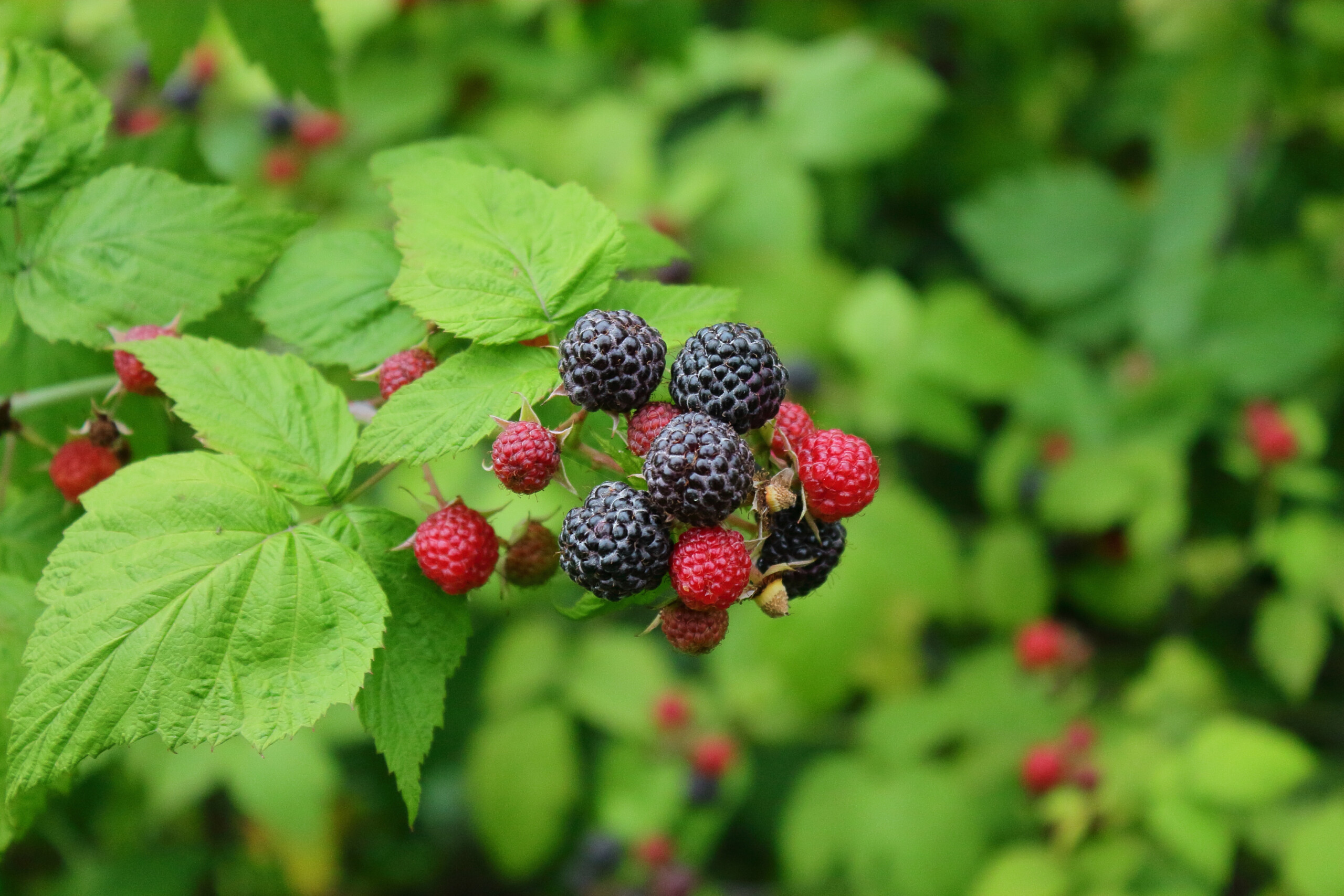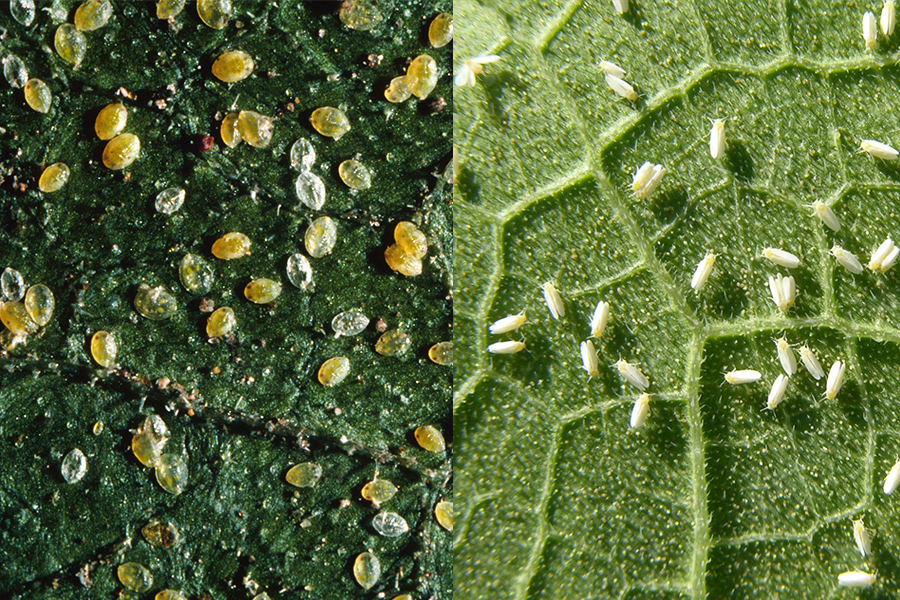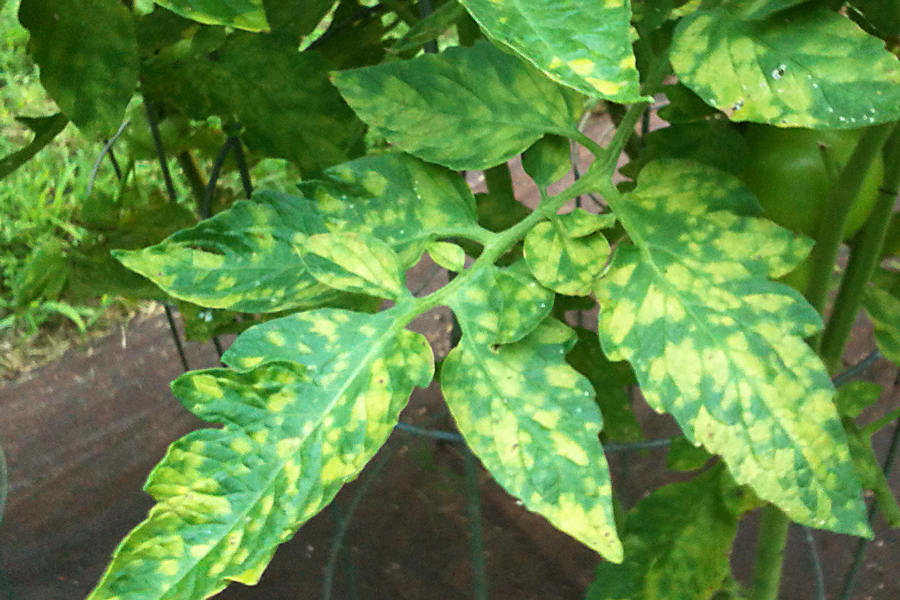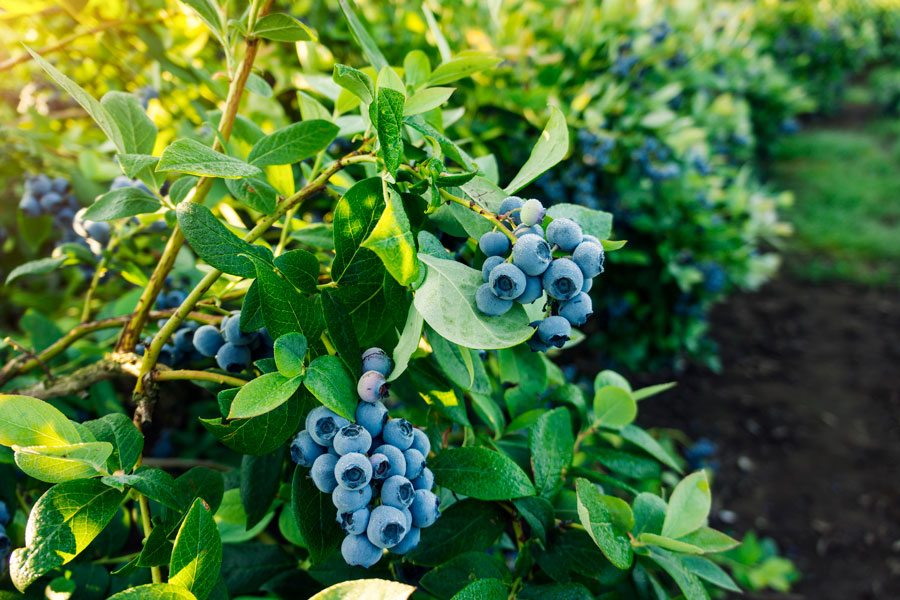Plant Pathology
-

Watermelon production faces many challenges in Georgia. The warm, humid climate favors numerous foliar diseases. Because of the long history of watermelon production in Georgia, soilborne diseases such as Fusarium wilt also present challenges to growers. This bulletin will provide background on disease symptoms, pathogen survival and infection, pathogenic races, and management.
Timothy Coolong and Bhabesh Dutta
|
-

This integrated pest management (IPM) guide for blackberry and raspberry production includes management of diseases, insects, and weeds through IPM principles. The 2024 Southeast Regional Caneberry Integrated Management Guide covers topics such as pesticide stewardship and safety, insect and disease control, pre-transplant and transplant operations, fungicides and insecticide efficacy comparisons and spray schedules, weed management, wildlife damage, and more. Recommendations are based on information from the manufacturer’s label and performance data from research and extension field tests. Because environmental conditions and grower application methods vary widely, suggested use does not imply that performance of the pesticide will always conform to the safety and pest control standards indicated by experimental data. This publication is intended for use only as a guide. Specific rates and application methods are on the pesticide label, and these are subject to change at any time.
Phillip M. Brannen and Jonathan E. Oliver
|
-

The silverleaf whitefly (SLWF), Bemisia tabaci, (also known as sweet potato whitefly) is a pest of a wide variety of horticultural and agronomic crops in southern Georgia. Adults and nymphs (Figure 1) have piercing-sucking mouthparts and feed on phloem, the transport tissue of plants, and remove plant sap. While this direct feeding can damage plants and lead to additional problems with the accumulation of honeydew and sooty mold, whiteflies also inject salivary fluids while feeding, which can result in plant disorders and transmission of plant viruses. When viral pathogens are present, their transmission creates the greatest threat to the economical production of many vegetable crops, particularly tomatoes, snap beans, most cucurbit crops, and occasionally, cole crops. The potential for whitefly pest problems and viral disease incidence in Georgia varies greatly by year, location, and production season. Recent experience indicates that greater viral incidence can be observed when pest populations are high, even though few viruliferous (virus-carrying) whiteflies are needed to inoculate individual plants.
Alton N Sparks, Timothy Coolong, Rajagopalbabu (Babu) Srinivasan, Bhabesh Dutta, Sudeep Bag, and Brendon Kyle Myers
|
-

This publication contains information about common tomato diseases in Georgia. It includes photographs and descriptions of diseases such as buckeye rot and fusarium wilt.
Elizabeth L. Little and Bhabesh Dutta
|
-

This publication describes Macrocybe titans, the largest mushroom species in the Western Hemisphere, which has been found growing in Georgia.
Jean Williams-Woodward and Marin Talbot Brewer
|
-

C 1303
Muscadine Grape Management
This phenology-based muscadine grape management poster provides a reference for sound viticultural, disease, and insect management practices in a digestible format. Produced in cooperation with University of Tennessee, North Carolina State University, University of Arkansas, and Auburn University. A publication of the Southern Region Small Fruit Consortium.
Patrick J. Conner, Phillip M. Brannen, Brett R Blaauw, David Lockwood, and Sarah Lowder
|
-

The 2024 edition of this regional integrated pest management guide provides recommendations for strawberry plasticulture production in the Southeastern U.S. Recommendations are based on information from the manufacturer’s label and performance data from research and Extension field tests. This publication is intended for use only as a guide. Specific rates and application methods are on the pesticide label, and these are subject to change at any time.
Phillip M. Brannen
|
-

The 2024 edition of this publication covers integrated pest management information for blueberry producers in the Southeastern U.S. Recommendations are based on information from the manufacturer’s label and performance data from research and Extension field tests. This publication is intended for use only as a guide. Specific rates and application methods are on the pesticide label, and these are subject to change at any time.
Phillip M. Brannen and Ashfaq A. Sial
|
-

This 2024 update to the regional integrated pest management guide provides recommendations for muscadine grape production in the Southeastern U.S. Recommendations are based on information from the manufacturer’s label and performance data from research and Extension field tests. This publication is intended for use only as a guide. Specific rates and application methods are on the pesticide label, and these are subject to change at any time.
Phillip M. Brannen and Sarah Lowder
|